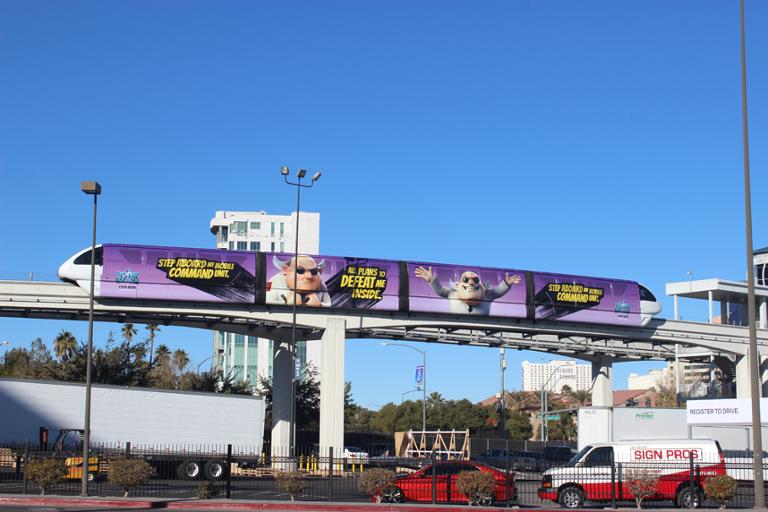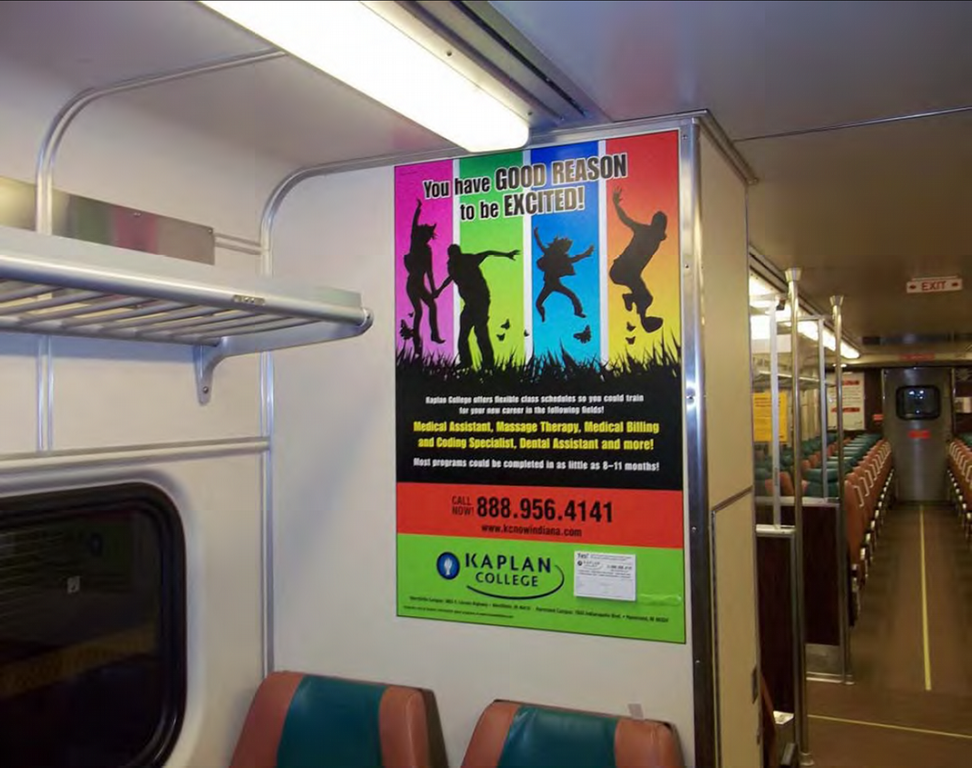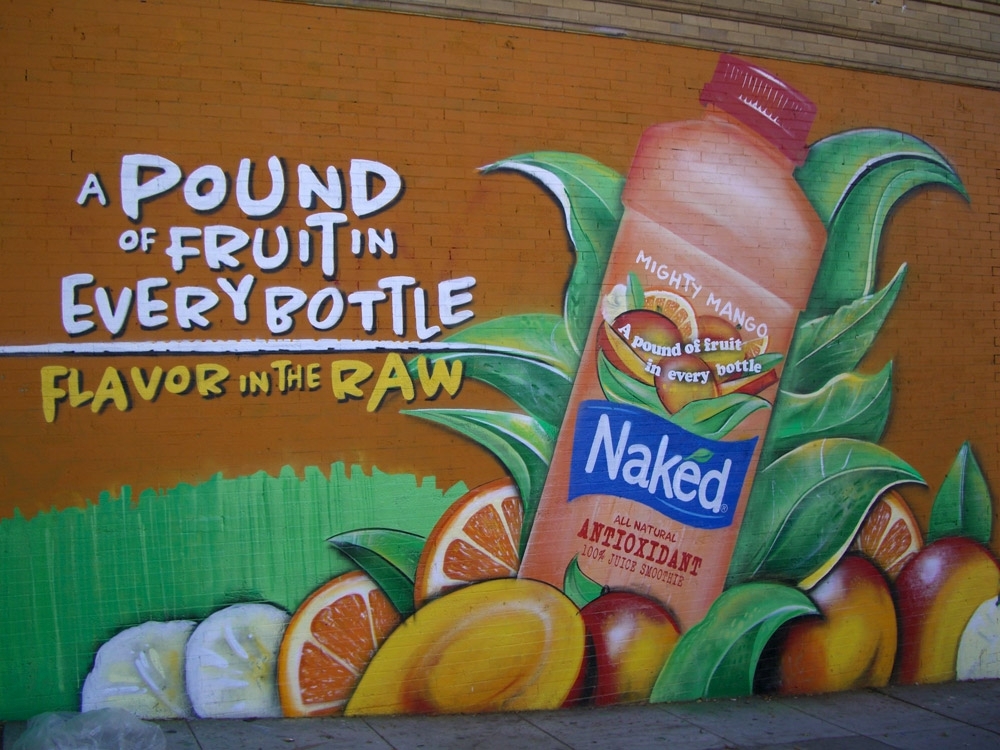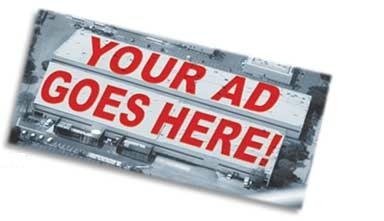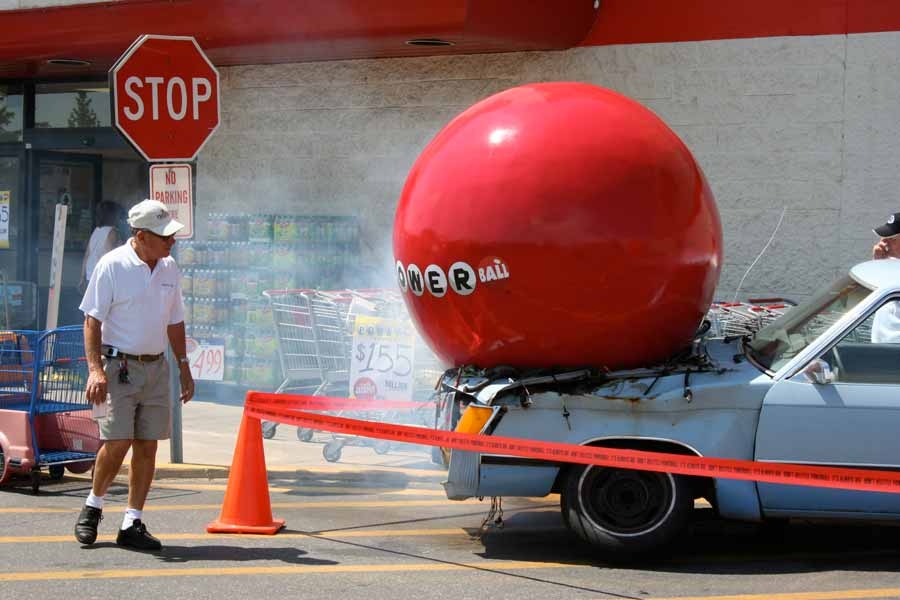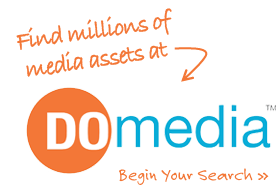We frequently get questions about billboard formats and sizes. The most popular question probably is, how big is a standard billboard? Today we’ll answer that by going through different billboard types and their sizes.
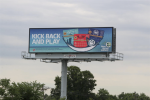 Bulletins
Bulletins
Bulletins are the big billboards you see on the sides of busy roads and expressways. Due to their size and proximity to heavy traffic, they offer large reach and impact. The standard size is 14′ height x 48′ width. They can also come in 10’ height by 40’ width and 10’6” height by 36’ width sizes.
Posters
Smaller than bulletins are posters. They’re usually placed on secondary and primary roads, including expressways and highways. Despite their smaller size, they’re still very effective ads as the people seeing them will generally pass them repeatedly on their daily commutes. The standard poster size is 10’ height by 22’ width.
Junior Posters
Even smaller than posters are junior posters.  They are placed on smaller roads, sometimes on the sides of buildings. They’re generally used to increase traffic at a nearby retail store or restaurant. The standard junior poster size is 6’ height by 12’ width.
They are placed on smaller roads, sometimes on the sides of buildings. They’re generally used to increase traffic at a nearby retail store or restaurant. The standard junior poster size is 6’ height by 12’ width.
Spectaculars
Spectaculars are placed in very busy areas in top markets. They usually incorporate newer technologies, such as lighting, video, or mobile interactivity. Since they vary in purpose and shape, there is no standard size, However, they’re usually at least the size of a standard bulletin.
Digital Billboards
While traditional billboards are typically printed on vinyl or plastic, digital billboards display their images on a digital screen. Many different advertisers buy a slot on a single board. This means that the image changes every several seconds. The sizes of digital boards match the sizes of traditional boards explained above.
